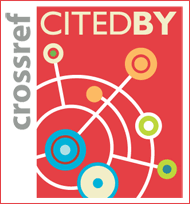IJICTDC Vol.3 No.2 pp.1-19
Applying Push-Pull-Mooring Framework to Investigate SNSs Switching Behavior
Abstract
Switching behavior refer to that users often move from one IT product to another. There are complex motivations and reasons to be explained behind the behavior. Understanding the factors that influence users’ switching behavior is important for SNS providers to consolidate existing user base and attract more users. In view of this, this study introduced the migration theory based on human migration studies from the perspective of social network services, and tried to find out the characteristics of SNSs switching. Based on the PPM framework, we had constructed a conceptual model in which we served social network fatigue as the push driver, three types of network externalities as pull drivers, and inertia as the mooring driver, and put forward relevant assumptions. After the reliability and validity test of the questionnaire, the model and related assumptions were tested using SmartPLS 2.0. We found that push effect of social network fatigue has positive impact on switching intention and is influenced by perceived overloads, pull effects of network size positively influenced switching intention as well. However, the positive associations of social network fatigue and network size with switching intention were alleviated by the mooring effect of inertia. And affective commitment and switching costs significantly promoted the inertia. Finally, the switching intention exerted positive impact on actual switching behavior. Our finding helps to further understand SNS users’ switching behavior, provides reference value for information processing and management of SNSs, and deepen theoretically the switching behaviors of conceptual model in the virtual community users.






